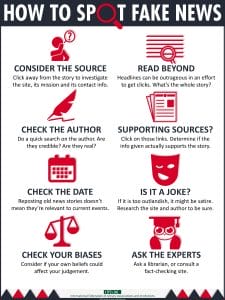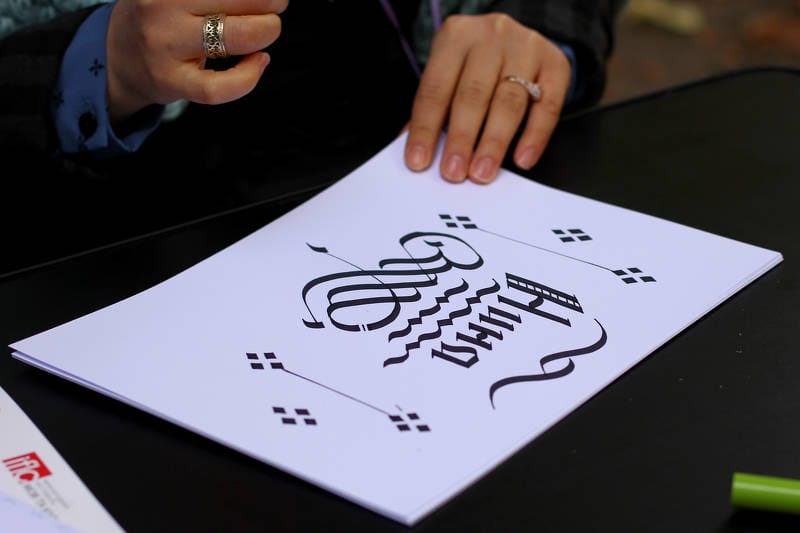Should librarians ban books that are controversial or stand up for freedom of expression?
The primary role of a library is to promote the progress of knowledge, promote love for reading and through this give people a better quality of life. Libraries are centers of all forms of learning. Scientists, artists, and philosophers have discussed, learned and grown in their fields of knowledge only because of libraries. Libraries have always witnessed controversial debate only to bring out the best of knowledge.
Looking back into history there has been many classics and other novels that have been banned at schools and in many countries. More often than not, books with sexual content, profanity, offensive language, stories based on chemical abuse (drugs), satanic themes, religious preferences have been subject to complaints and have pressured librarians not to include such content in the schools. Sometimes, it is the plot or the characters’ viewpoint that impacts morality making it the contention for books to be banned.
Robert A. Heinlein said about censorship: “The whole principle is wrong; it’s like demanding that grown men live on skim milk because the baby can’t eat steak.” A library is a venue to provide the users with all forms of information and not control it in any way, even if librarians do not like or agree with some of the content.
You may argue, that the librarians have a moral duty to their students and therefore needs to carefully curate books and help them have a balanced approach to all forms of knowledge. And, on the other hand, we do want our students to think, make informed decisions and choices, have an opportunity to discuss, learn, and find solutions to the problems that may have cropped up in the story.
In Rodney A. Smolla research paper, “Freedom of Speech for Libraries and Librarians” she says, “Like art museums, libraries will be among the repositories of knowledge and culture in a modern society that can expect to find themselves under increasing pressure to serve as society’s censors.” And as librarians, we must have the courage to fight against censorship. Here are some examples of books that were banned at one time or the other.
To kill a Mockingbird, The Color Purple was banned for a while because it was said to promote racial discrimination and racial hatred. Adventures of Huckleberry Finn by Mark Twain was considered immoral and for having sacrilegious content. Harry Potter series was deemed to be anti-family, violent, and satanic. Another classic, Of Mice and Men by Steinbeck, was banned because of profanity. Looking For Alaska by John Green as taken away from libraries for “offensive language” and “sexually explicit content.”
Recently, a group of parents and teachers talked about banning fairy tales like Hansel and Gretel, Cinderella, and other such tales which had wicked plots and made step parents and abandoning of children, unnerving plots and they believed that these stories created a negative impact on little children. So, where do we stop and what do librarians do?
Do we become strong and stand up for freedom of knowledge by supporting challenging options, when adding books to our collection? Do we introduce students to LGBTQ books? Do we create an open society of communication and individual rights or do we shun them under hypocrisy and fear? Do we provide an opportunity for healthy discussion and openmindedness, where students can learn and discuss? Or close their minds under the garb of protecting them. What do we do? Do we begin to have an open discussion with parents and share our rationale with them? Do we trust our children to be intelligent enough to have a rational discussion or think of them to be dumb witted? Do we stand up for a reason or given in to being the nurturing and protective agents? Here is a list of books that were banned in India. And here is a list of LGBTQ Books and here is a list of controversial books you might want to have in your library.








